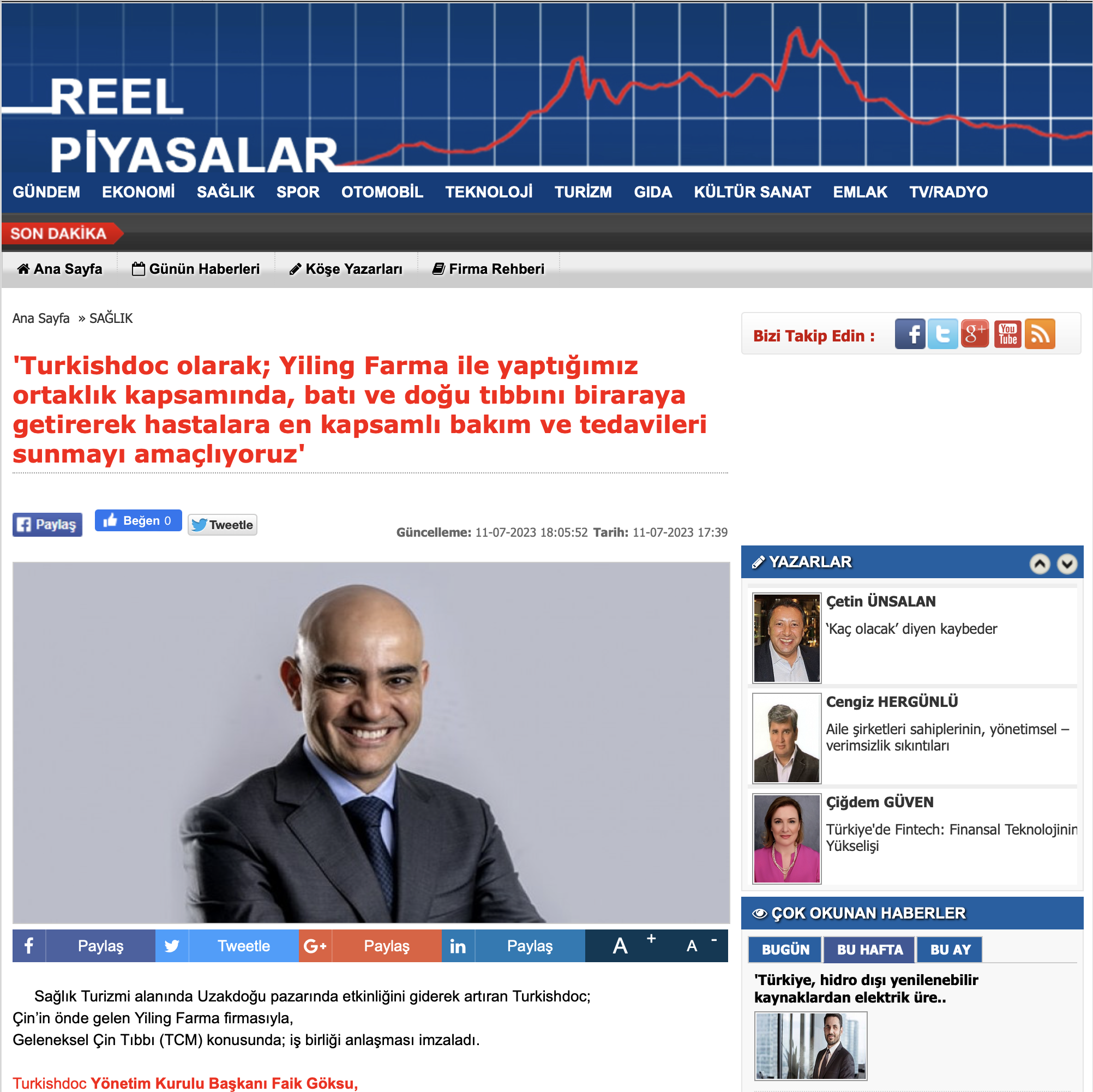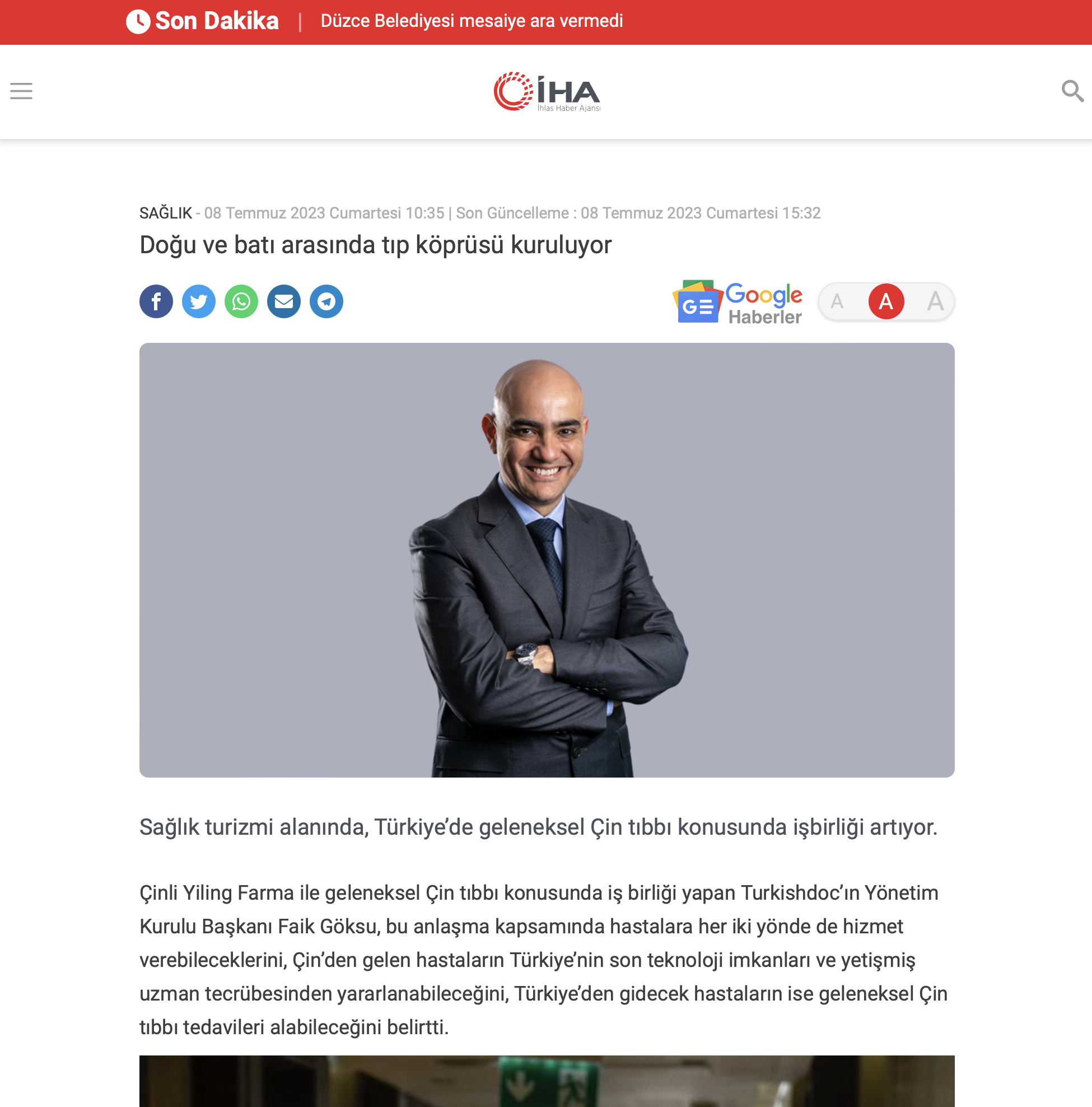Turkishdoc
What Is Aortic Stenosis And Who Has It?
Aortic valve stenosis is one of the most important cardiovascular diseases. Between the left ventricle and the aorta is an aortic valve. Aortic stenosis, which narrows with age, is most common in the elderly. As the aortic valve narrows, the blood pumped by the heart has difficulty passing through the aortic valve. Thus, there is a decrease in the amount of blood, and many heart problems arise accordingly. Aortic valve stenosis, which endangers a person’s life, occurs with some symptoms. Especially in severe cases, shortness of breath, fainting, and chest pain can be observed. If left untreated, serious health problems develop, up to heart failure. There may also be a reduction in life expectancy due to this condition. No treatment eliminates this disease. However, with some treatment methods, symptoms can be reduced and the person can continue their life more healthily.
What Is Aortic Valve Stenosis?
The aorta, the largest vessel in the body, is responsible for carrying clean blood from the heart to all organs. The aortic valve, one of the 4 valves in the heart, also carries blood from the left ventricle. The aortic valve, which ensures that the blood flows in the right direction, also prevents the blood from leaking. The aortic valve begins to narrow due to aging. However, some deformities and calcifications can also make this condition even riskier. For these reasons, the aortic valve may become unable to open. Thickening and failure of the heart muscle are health problems that need to be treated. Otherwise, life-threatening heart failure is highly likely to occur.
Symptoms of Aortic Valve Stenosis
Aortic valve stenosis may not show symptoms immediately. The most important symptom that develops over time is shortness of breath. Shortness of breath may occur when walking or climbing stairs. In some cases, shortness of breath may be accompanied by chest pain. In very risky cases, fainting may occur, which can lead to death. The symptoms of aortic valve stenosis are brief as follows:
- Fatigue
- Shortness of breath
- Chest Stenosis
- Heart palpitations
- Swelling of the feet or ankles
- Dizziness
It is abnormal to observe these symptoms regularly, so a doctor should be consulted. Aortic valve stenosis is usually a slow-developing disease that develops over several years. However, in some cases, it can also develop rapidly. If you wait too long, it may become more difficult to treat. Therefore, if you have been experiencing the above symptoms for a long time, you should consult a healthcare professional. The health professional will provide the necessary treatment on time and prevent serious health problems.
Causes of Aortic Valve Stenosis
Aortic valve stenosis is a heart disease that occurs due to many causes. This disease, which is usually seen in the elderly, occurs as the aortic artery wears out and calcifies with age. In addition to being a disease seen in the elderly, it can also occur in young people. Aortic valve stenosis, which develops due to congenital defects, can also occur due to different causes. Among the causes of aortic valve stenosis are the following:
- Genetic Factors
Aortic valve stenosis can also occur due to congenital factors. A normal aortic valve has three leaflets, but in some cases, it has two or four leaflets. Because these leaflets can be too thick, some functional disorders of the heart will occur over time. This leads to the development of certain heart diseases. Aortic valve stenosis can also develop due to this condition. Congenital heart defects are usually corrected surgically.
- Calcification of Valves
Aortic valve stenosis becomes calcified and scarred over time with aging. The main reason for this is the accumulation of calcium in the aortic valves. This accumulated calcium prevents the aortic valves from opening and closing, causing them to narrow. This is usually seen in cases of aortic valve stenosis due to old age.
- Rheumatic Fever and Heart Infection
Heart infection and rheumatic fever are other major causes of this health problem. Rheumatic fever is an important cause of heart valve problems. This factor, which affects many organs, also affects the heart. Rheumatic fever is caused by a bacteria called Strep A. It can affect the aortic valve and cause it to narrow.
Risk Factors for Aortic Valve Stenosis
One of the biggest risk factors for aortic valve stenosis is old age. This is because the aortic valve wears out due to aging and begins to narrow. It is also an important risk factor if the person has another heart disease. Cardiovascular diseases such as diabetes, high cholesterol, and high blood pressure are also risk factors for aortic valve stenosis. This disease occurs especially after the age of 60. There is also a gender factor, as it is usually seen in men. If you have any of these risk factors, you should have regular cardiologic checkups.
Aortic Valve Stenosis Prevention
Aortic valve stenosis is not a disease that can be prevented because it occurs in old age. However, it is possible to prevent other cardiovascular diseases that may occur due to aortic valve stenosis. First of all, the person must make some changes in his or her daily routine. These changes include abandoning a sedentary lifestyle, exercising regularly, and eating a healthy diet. It is also possible to protect heart health by controlling weight. In the case of aortic valve stenosis caused by bacterial infections, this can be prevented with medication. Antibiotics and other medications are usually given to the patient for this. In short, aortic valve stenosis due to hereditary, chronic, and congenital factors is not preventable.
As a result, if the treatment of aortic heart stenosis is neglected, it can result in death. Therefore, it is important to remember that it is a risky cardiovascular disease. When some of the symptoms and complaints that occur with this disease are observed, a doctor should be consulted. The doctor will prescribe treatment according to the severity of the disease and the general health of the patient. In some cases, the symptoms can be controlled with medication, in others, not. Surgery for aortic heart stenosis is also not suitable for all patients.











